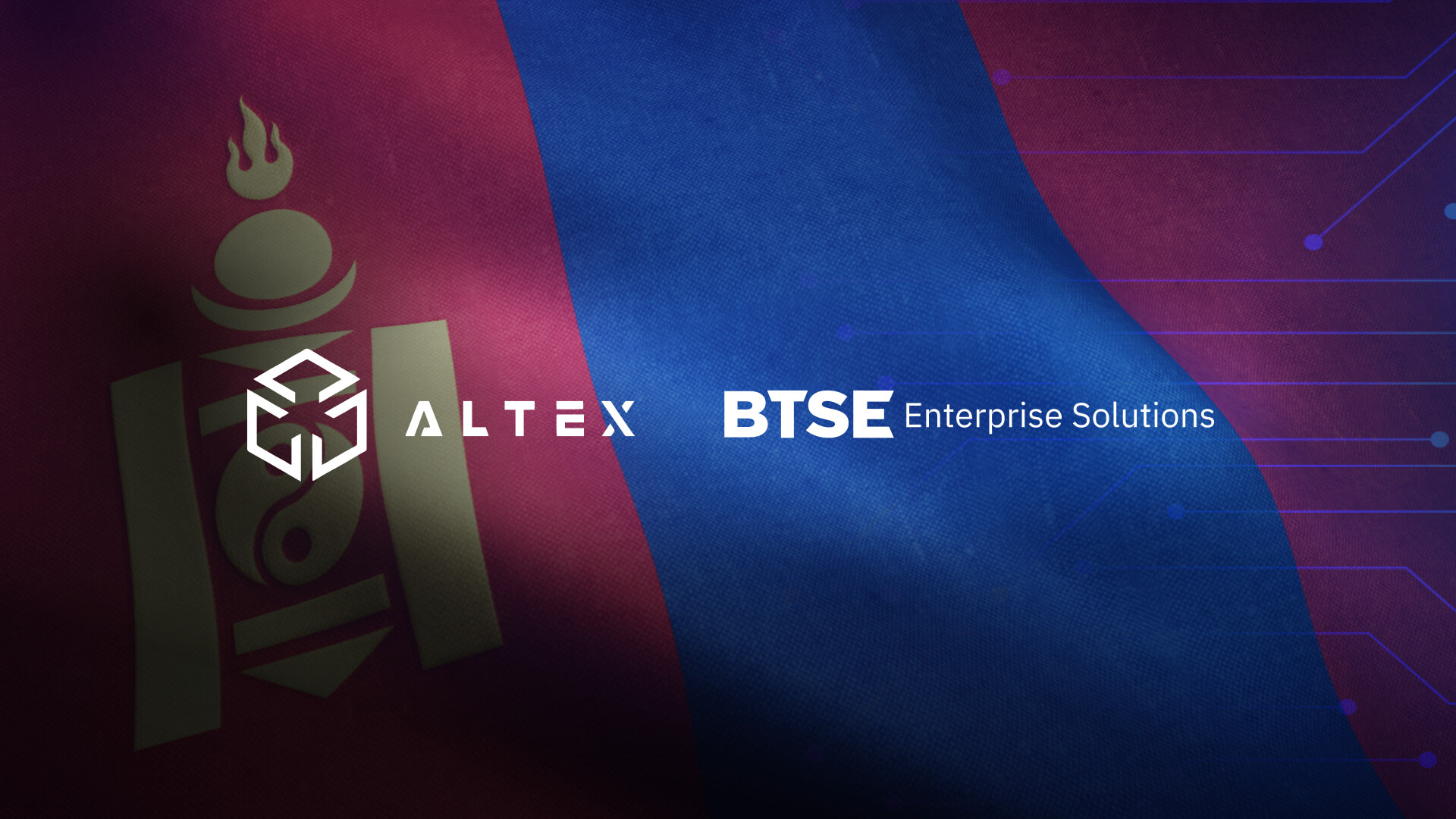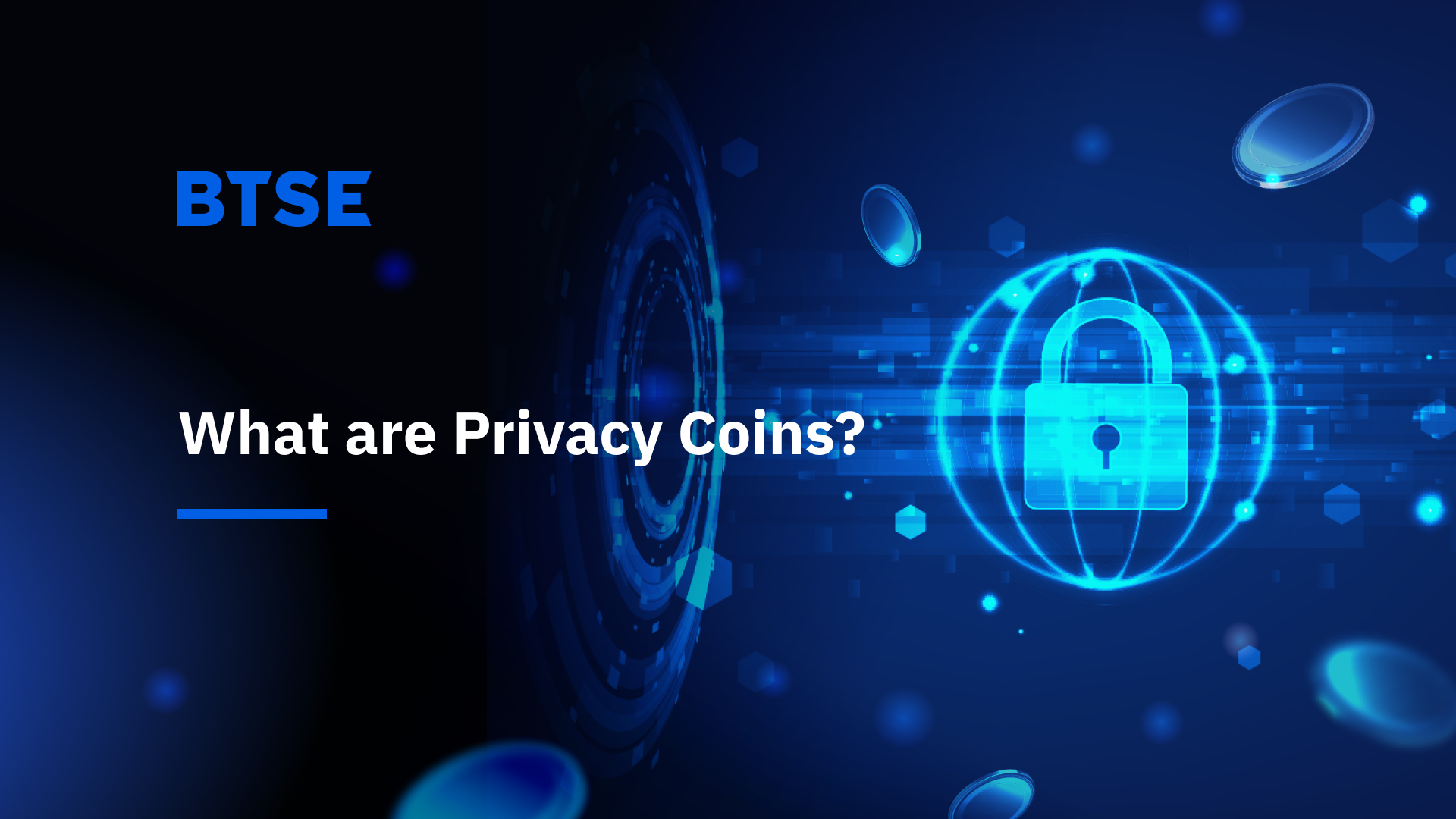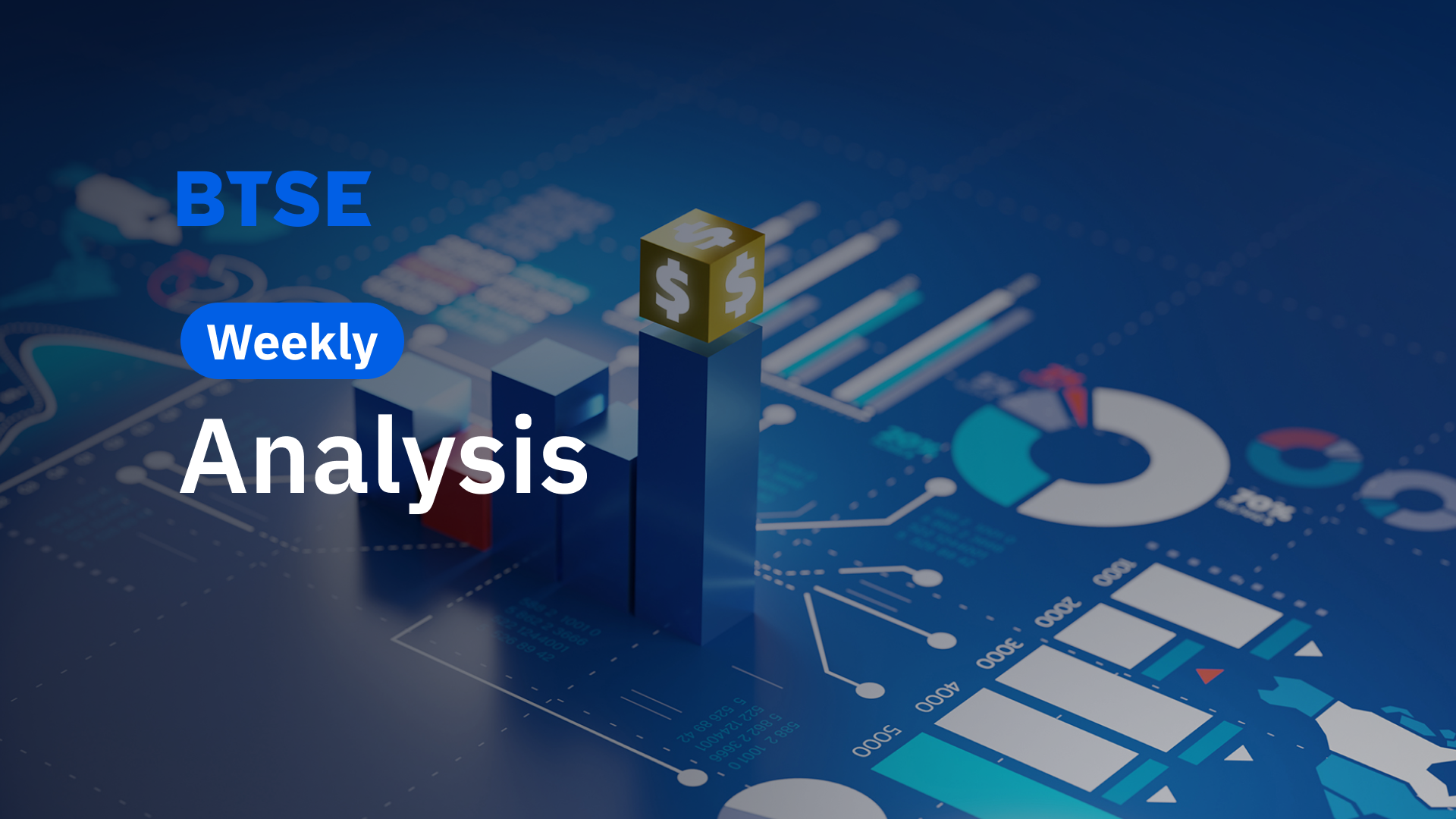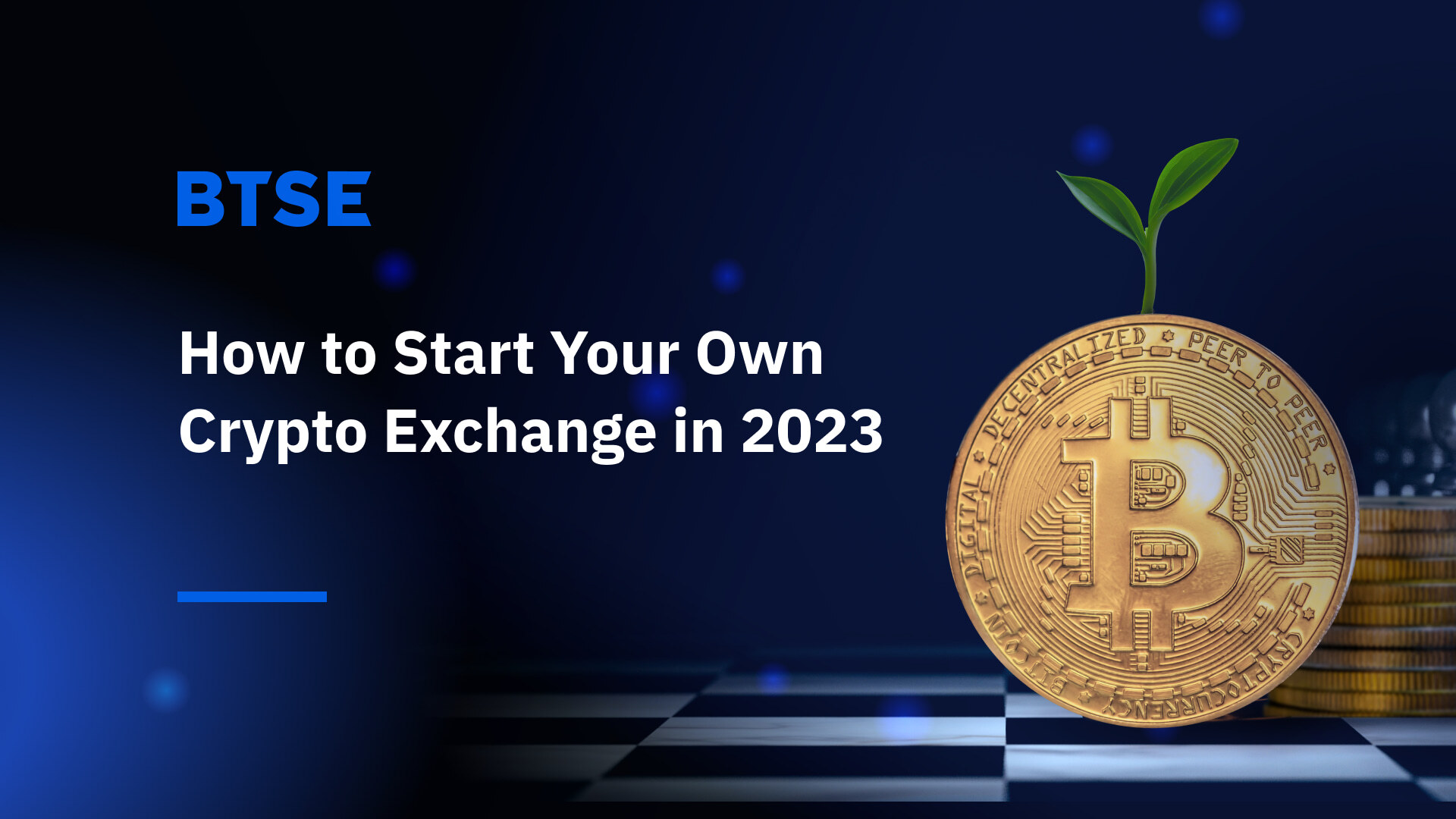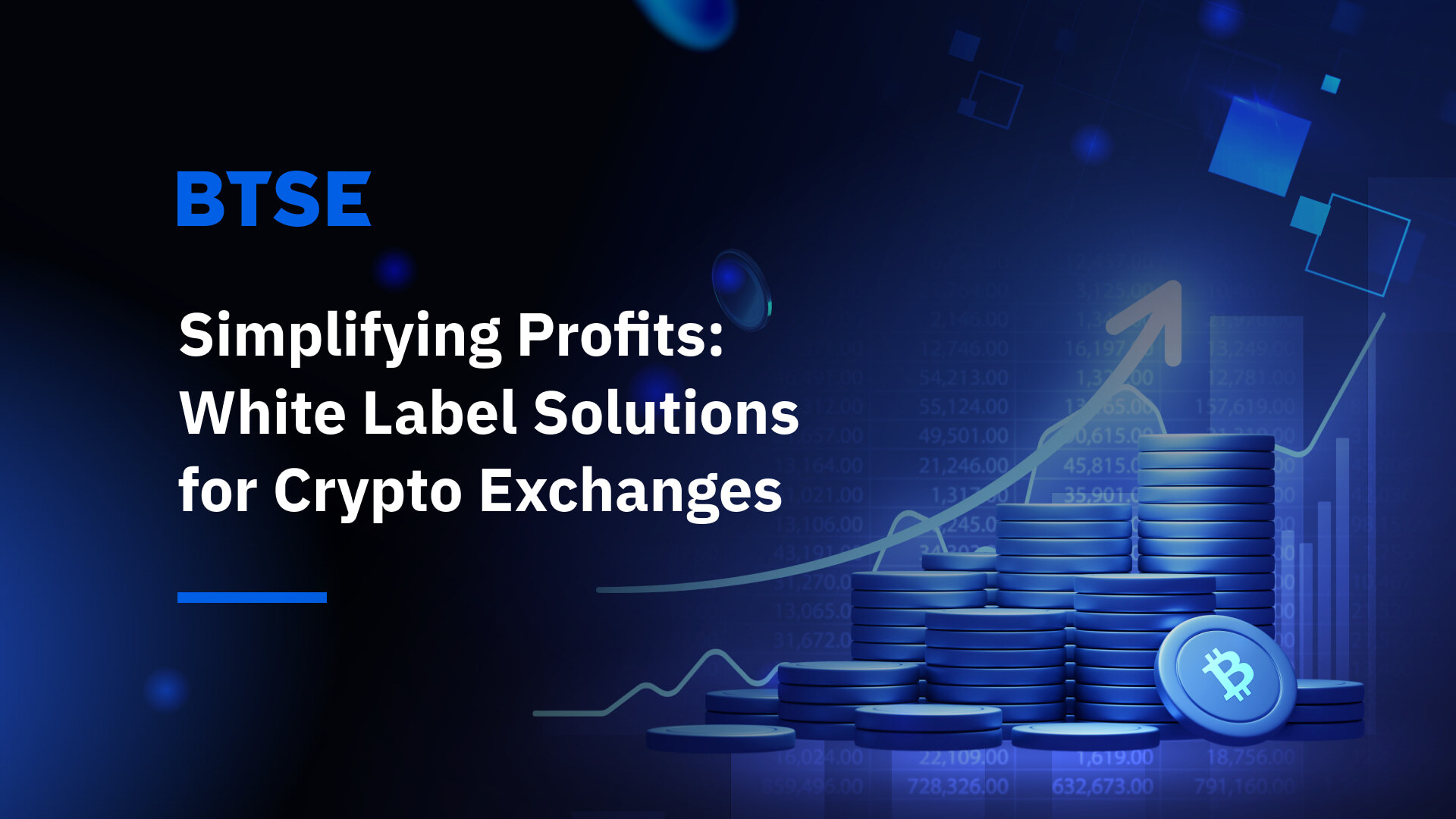1 6 月, 2023
What are Layer-2 Scaling Solutions?
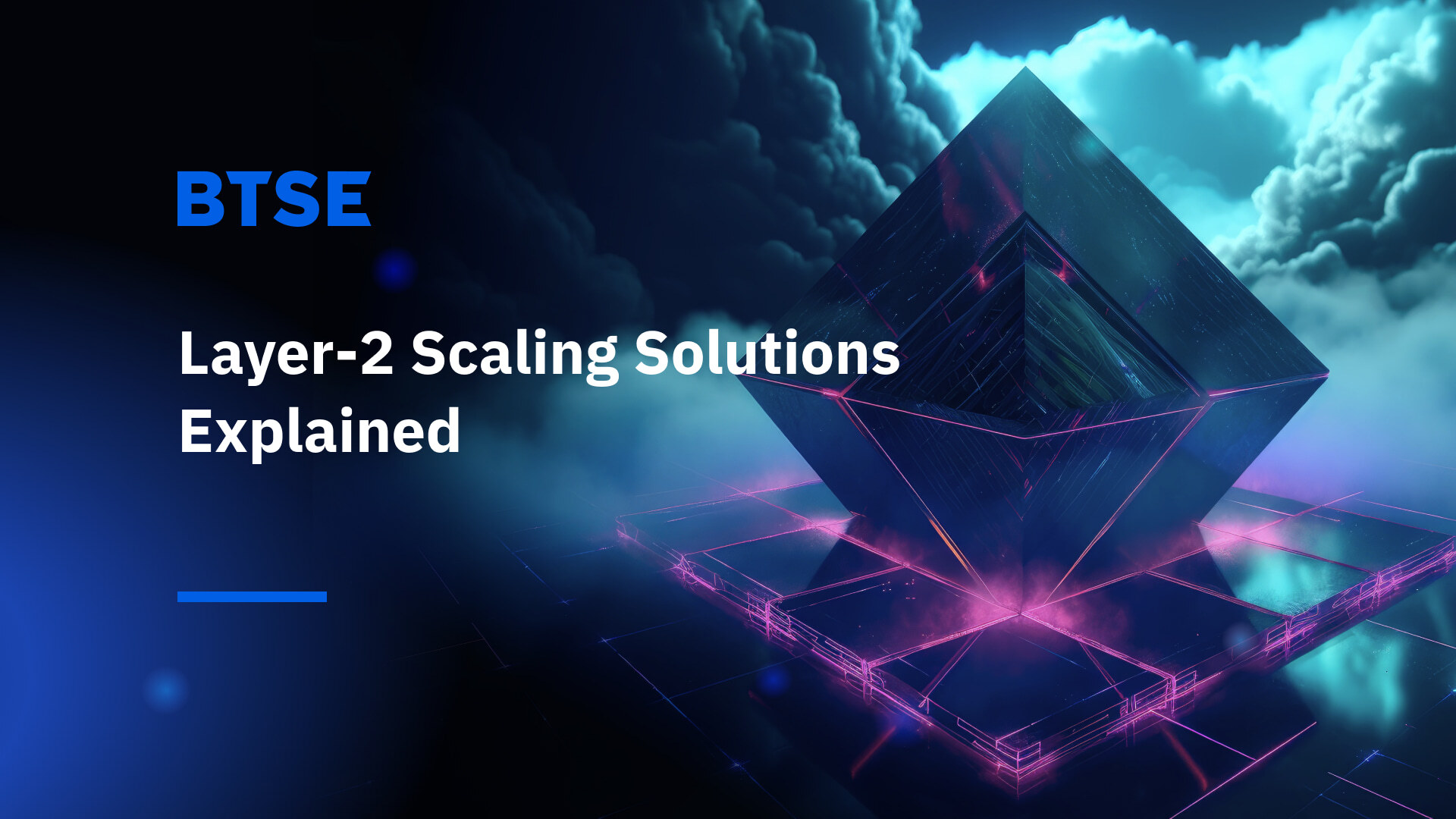
| Aspect | Description |
|---|---|
| Scalability Trilemma | Exploring the challenges of achieving scalability, security, and decentralization in blockchain. |
| Layer-2 Scaling Solutions | Introducing Layer-2 protocols as innovative solutions to enhance blockchain efficiency. |
| Types of Layer-2 Solutions | Examining State Channels, Sidechains, and Rollups, and how they optimize transaction processes. |
| Security Implications | Discussing the trust and security aspects in Layer-2 scaling solutions. |
| Future of Layer-2 Solutions | Anticipating the impact of Layer-2 technologies on mainstream blockchain adoption. |
| BTSE’s Role in Layer-2 Advancements | Understanding how BTSE is aligning with Layer-2 developments to enhance their digital asset solutions. |
| Conclusion | Summarizing the significance of Layer-2 solutions in the blockchain ecosystem. |
Blockchain technology, with its promise of decentralized and transparent networks, has revolutionized a myriad of industries. However, as these networks grow and more transactions occur, blockchains can become a victim of their own success. They face a daunting trilemma: achieving scalability, security, and decentralization all at once. That’s where Layer-2 scaling solutions come into the picture, acting as catalysts to propel blockchain networks to their full potential.
Understanding the Problem: Scalability Trilemma
The scalability trilemma refers to the trade-offs blockchains have to navigate among three coveted properties: scalability, security, and decentralization. The trilemma posits that achieving all three simultaneously is nearly impossible.
Let’s consider Ethereum’s Layer-1 network, for instance. Although Ethereum revolutionized the blockchain world with its smart contract functionality, it faces challenges concerning transaction throughput and escalating gas fees. Why? Because every transaction has to be processed by nearly every node on the network, creating congestion and slow transaction times, especially during peak periods. This issue is akin to a single-lane road trying to handle highway-level traffic, leading to slowdowns and increased costs – in this case, gas fees.
Diving into Layer-2 Scaling Solutions
Imagine if we could add extra lanes to our congested road or even create an express overhead bypass. That’s essentially what Layer-2 scaling solutions do. They are protocols implemented on top of a blockchain – or Layer-1 – to increase its capacity and speed. Transactions are processed off-chain, meaning they don’t have to be recorded immediately on the blockchain. Instead, only the final outcomes of these transactions are recorded, saving significant time and computational power.
Through this approach, Layer-2 solutions can drastically increase transaction speed, reduce network congestion, and lower transaction costs. They function like an express metro line that bypasses local stations, only to stop at significant hubs, making the ride faster and more efficient for everyone.
In the next section, we’ll delve into some examples of Layer-2 scaling solutions, discuss their security implications, and explore BTSE’s approach to Layer-2 technology.
Exploring Layer-2 Scaling Solutions
Now that we have a clear understanding of the underlying problem and how Layer-2 solutions intend to address it, let’s take a closer look at a few of these innovative technologies.
STATE CHANNELS
State channels are one of the first Layer-2 scaling solutions and work a lot like opening a bar tab. In this scenario, two participants open a channel and transact freely between themselves off-chain. When they’re done, they close the channel, and the final state gets uploaded to the Layer-1 blockchain. This process significantly reduces the number of transactions the mainnet has to handle.
SIDECHAINS
Sidechains, as the name suggests, run alongside the main blockchain network. They are independent blockchains that utilize the same underlying digital asset as the mainnet, and can often implement their own rules and protocols. Sidechains allow transactions to be processed independently from the main chain, which can significantly improve scalability and efficiency.
ROLLUPS
Rollups take a different approach by bundling or “rolling up” multiple transactions into a single one. This significantly reduces the amount of data that needs to be stored on-chain. There are two main types of rollups: Optimistic Rollups and zk-Rollups. They both offer different trade-offs between speed, complexity, and data privacy.
The Security Implications
While Layer-2 scaling solutions promise increased scalability and efficiency, they also come with potential security implications. Given that transactions occur off-chain, there’s a question of trust and reliability. For instance, can participants in a state channel trust one another to act fairly? Or how secure is a sidechain, especially if it’s not as decentralized or robust as the mainnet?
In the end, Layer-2 solutions need to strike a balance between achieving scalability and maintaining the ethos of blockchain: decentralization and security.
The Future of Layer-2 Scaling Solutions
Layer-2 scaling solutions are set to become a significant factor as the demand for blockchain technology increases. With the capacity to address the scalability trilemma, these solutions are prepping the blockchain technology for mainstream adoption by increasing transactions per second, reducing gas fees, and maintaining security and decentralization.
In terms of the future, more Layer-2 solutions are being developed and adopted to meet the increasing demands of the blockchain. Innovations in this space continue to rise, offering a promising future for blockchain technology.
Layer-2 Scaling Solutions and the Digital Asset Space
Digital asset solutions providers like BTSE are closely monitoring the progression of Layer-2 scaling solutions. Even though BTSE’s focus is not directly on Layer-2 technologies, the company appreciates the implications these solutions have on the broader blockchain industry. BTSE provides digital asset white label solutions, including an advanced exchange platform, payment gateways, and secure wallets. As Layer-2 solutions mature, companies like BTSE could find unique ways to leverage these advancements to further improve their offerings and contribute to the overall growth of the blockchain ecosystem.
Conclusion
Layer-2 scaling solutions represent a significant step forward in blockchain technology, addressing one of the major hurdles to its widespread adoption – scalability. As these solutions continue to evolve, we can anticipate a future where blockchain technology becomes more accessible and efficient.
As we keep an eye on Layer-2’s growth, it’s essential to remember blockchain technology’s ultimate goal: to decentralize power and give control back to individuals. While scalability is essential for this vision to become a reality, it mustn’t compromise decentralization or security.
While BTSE’s current suite of products may not directly incorporate Layer-2 technologies, the progression of these solutions and their potential impacts on the broader blockchain and digital asset industry cannot be overlooked. Through commitment to innovation and customer-centric approaches, BTSE aims to provide the best solutions in the digital asset space, ready for the future of blockchain.
